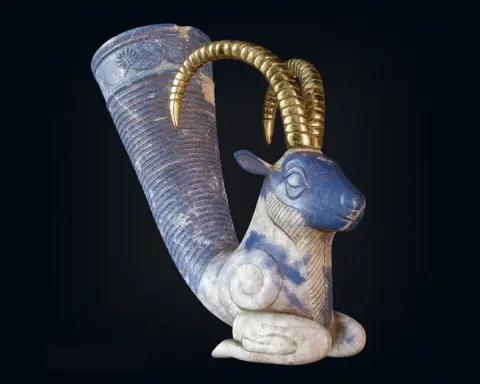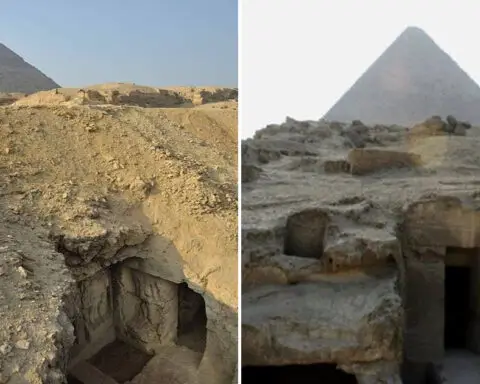For ages, the mere whisper of crash retrievals associated with unidentified flying objects (UFOs) has been deemed speculative by many. But why the secrecy? Contrary to popular belief, declassified documents from military archives in Canada and the US indicate a consistent pattern of UFO captures and studies. Initially top-secret, these documents are now accessible to the public, though often buried in obscure FOIA archives or obscured by layers of extraneous information, creating hurdles for widespread access.
The rapid evolution of technology raises intriguing questions. Could it be fueled by past retrievals of UFOs? The evidence suggests a compelling link between technological advancements and recovered extraterrestrial artifacts, an undeniable reality.

In October 1949, scientist Epital submitted a progress report to Wright-Patterson Air Force Base, highlighting research on unique alloys, notably Nitinol, ten years before its public discovery. This alloy possessed shape memory properties—a capability to regain its original form after deformation upon heating. Declassified documents revealed Patel’s involvement in the study of this alloy, raising speculation about the origins of the analyzed samples and their potential connection to UFOs.
EJ Center, a former Battelle employee, claimed to have studied parts from a flying saucer. It wasn’t until decades later, upon declassification, that the Center’s involvement in titanium research for Wright-Patterson was confirmed, aligning with his UFO-related assertions.
Concrete evidence pointing to Wright-Patterson’s interest in UFO materials is fragmented but discernible from partially redacted memos. References to projects like Moon Dust and Blue Fly unveil the USAF’s responsibilities in locating, recovering, and examining foreign space vehicles, including unidentified objects.
Instances detailed in these declassified memos indicate global surveillance of unidentified aerial phenomena, such as sightings in Pakistan and Nepal, compelling the involvement of agencies like the CIA and Wright-Patterson in investigations spanning across international borders.
Notably, Canadian records stand out, documenting multiple instances of UFO crashes. Accounts dating back to 1960 from remote Canadian regions narrate sightings of crashed objects, including an incident at Clan Lake in the Northwest Territories and another in Alexis Creek, British Columbia, in 1962.
Royal Canadian Air Force involvement in these incidents hints at a keen interest in retrieval, with reports of burnt grass, disturbed lake beds, and mysterious disappearances of objects upon official investigations.
Further documentation from northern Saskatchewan in 1968 presents a detailed analysis of retrieved UFO debris, showcasing high-purity titanium with unique compositions not resembling conventional aerospace materials or known missile designs.
The collaboration between US and Canadian agencies on UFO investigations is deeply rooted, evident in memos exchanged between the Royal Canadian Mounted Police and the Department of National Defense, indicating a longstanding history of intelligence-sharing on UFO-related matters.
While a definitive smoking gun remains elusive, the documented evidence suggests a robust and ongoing alliance between the US and Canada in UFO investigations. The disclosed information prompts reflection on the depth of their current cooperation and the necessity of delving deeper into Canadian archives for further revelations.
The question persists: How far does the collaboration between the US and Canada extend today, and should the pursuit of uncovering more from Canadian records continue? The tantalizing clues embedded within declassified documents only scratch the surface of a topic that continues to intrigue and mystify.
VIDEO:






